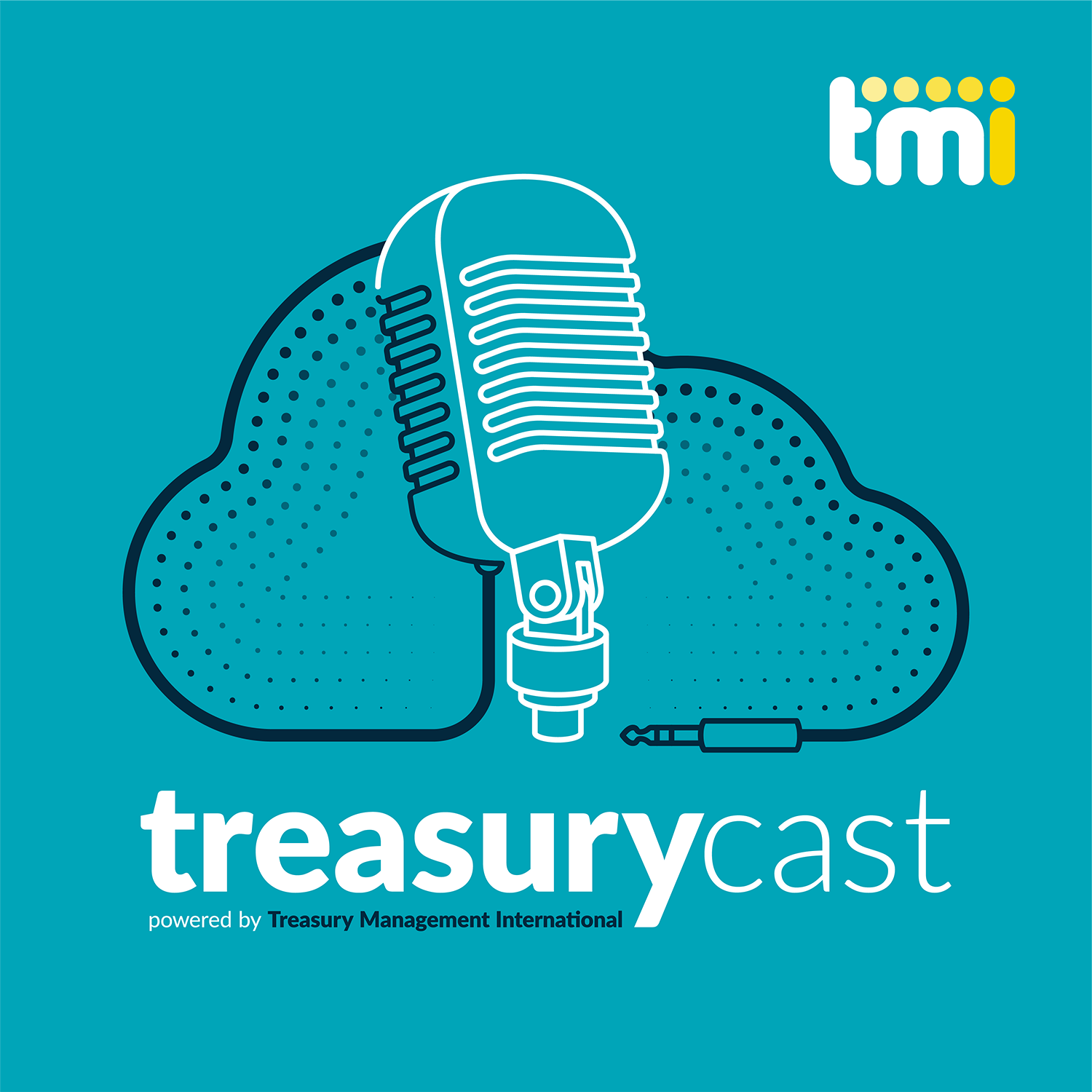Survey shows respondents want more cross-border RMB channels
Hong Kong – Standard Chartered today announced that the Standard Chartered Renminbi Globalisation Index (Bloomberg: SCGRRGI ), or the RGI, reached a new high of 1,736 in March, up 9.4% from the previous month and 91.1% year-on-year, despite slowing China growth and FX uncertainties.
The increase was broad-based, led by rising Renminbi deposits in Hong Kong and Taiwan, as well as cross-border payments, and FX turnover. This showed the offshore Renminbi market upholds its momentum despite heightened CNY volatility before and after the widening of trading band. Increased FX variability has actually fuelled more two-way interest from institutional investors.
Our 6th Offshore Renminbi Corporate Survey showed 94% of respondents from Asia, Europe and the US are either using at least one of the six offshore Renminbi product areas of deposits, trade, FX, loans, bonds and portfolio investments, or may consider doing so in the next six months. This is up from 92% in the October survey, 88% in July, and 79% in March 2013. The average number of CNH products currently used per Hong Kong respondent is 2.57, versus 1.75 in Europe, 1.96 in North Asia, 1.15 in South and Southeast Asia, and 0.91 in the US.
Offshore companies prefer to settle trade with China in Renminbi. 48% of those that import from China said they preferred to pay their mainland suppliers in Renminbi. Similarly, 45% of those that export to China preferred to quote price to their mainland buyers in Renminbi. This contrasts with the 29% and 18% that preferred USD among importers and exporters, respectively. Onshore Chinese companies need to be more proactive in making the switch if Renminbi trade settlement conversion is to take the next big leap forward.
Among all products, FX remains the most popular among our respondents. European companies are active in FX but are underperforming in holding Renminbi deposits, while the reverse is true for Southeast Asian respondents. As to how corporate are managing their Renminib FX risk, 29% of respondents used offshore deliverable forwards (DF) as opposed to 23% using non-deliverable forwards (NDF). Offshore companies that deal with onshore subsidiaries are more active users of the offshore DF than outright importers or exporters.
In light of recent FX volatility, corporates are now less keen to increase exposure to Renminbi loans comparing to six months ago, the survey showed. Only 28% of respondents have increased usage of CNH loans over the last six months, lower than 50% in the previous survey conducted in October. Also, only 30% surveyed corporates are looking to increase exposure to CNH loans over the next six months, down from 48%. Difficulties associated with capital account remittance for onshore usage remains the biggest reason hindering CNH corporate loan borrowings.
Standard Chartered launched the RGI in November 2012. Prior to adding New York, the Index covered four markets in offshore RMB business: Hong Kong, London, Singapore and Taiwan. It measures business growth in four key areas: deposits (denoting store of wealth), Dim Sum bonds and Certificate of Deposits (as vehicles for capital raising), trade settlement and other international payments (unit of international commerce) and foreign exchange (unit of exchange). As the Renminbi further internationalises, there is capacity to include additional parameters and markets.
Standard Chartered Renminbi Globalisation Index
|
Objective |
The first industry benchmark that effectively tracks the progress of RMB business activity. Offers corporates and investors a quantifiable view of the latest trends, size and levels of offshore activity that are driving RMB adoption |
|
Index Parameters |
Deposits Dim Sum Bonds and Certificate of Deposits Trade Settlement & Other International Payments Foreign Exchange Turnover |
|
Markets |
Hong Kong London Singapore Taiwan New York |
|
Investability |
Non-tradable |
|
Frequency |
Monthly |
|
Base value and date |
100 at 31 December 2010 |
|
Inception Date |
14 November 2012 |
|
Methodology |
Weight of each of the four parameters are inversely proportional to their respective variances |





